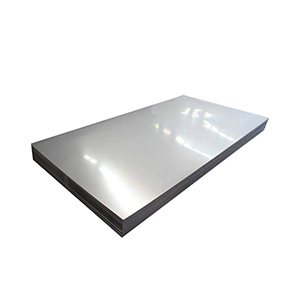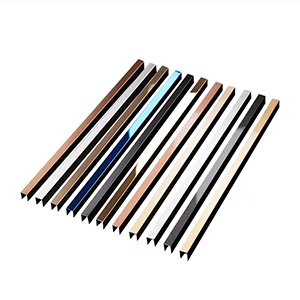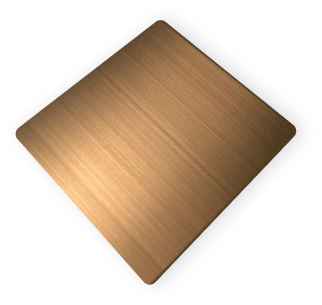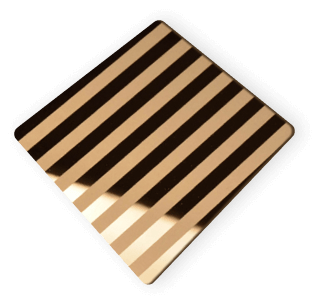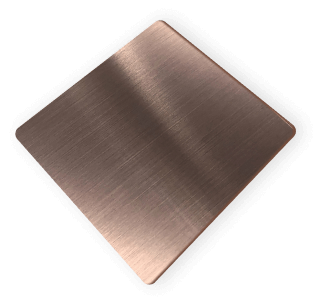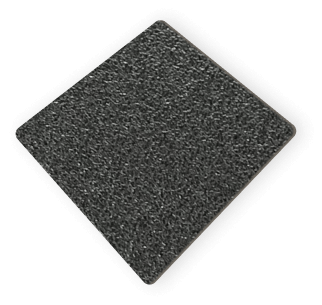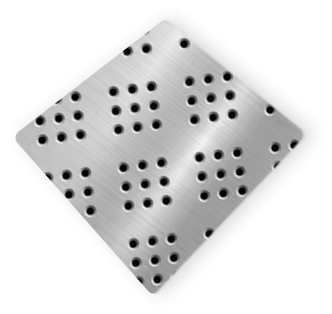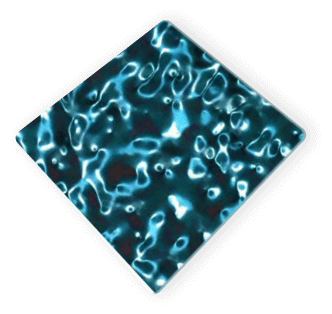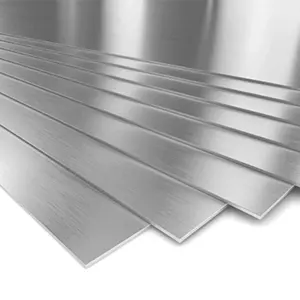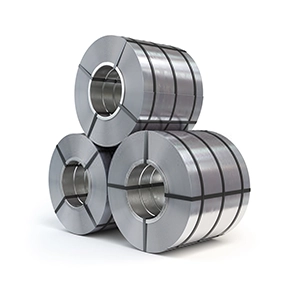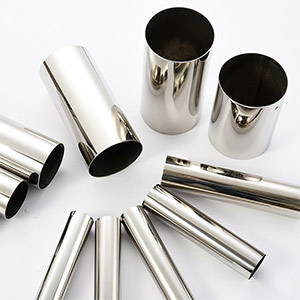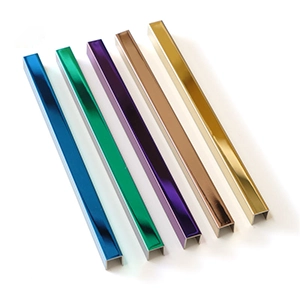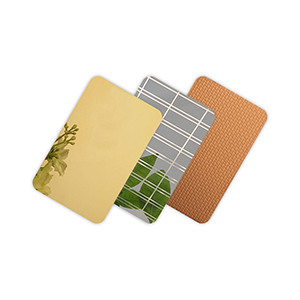قطاع الفولاذ المقاوم للصدأ
يتم تصنيع شريط الفولاذ المقاوم للصدأ عن طريق قطع الملفات. عرضنا الدقيق يتراوح من 30mm إلى 1m.
مرحبًا بك لإخبارنا بالعرض, سماكة, الطول أو نسيج السطح الذي تحتاجه, وسنقدم لك شرائط مؤهلة بتفاوتات محددة بدقة.
- مسكن
- >
- ستانلس ستيل
- >
- قطاع
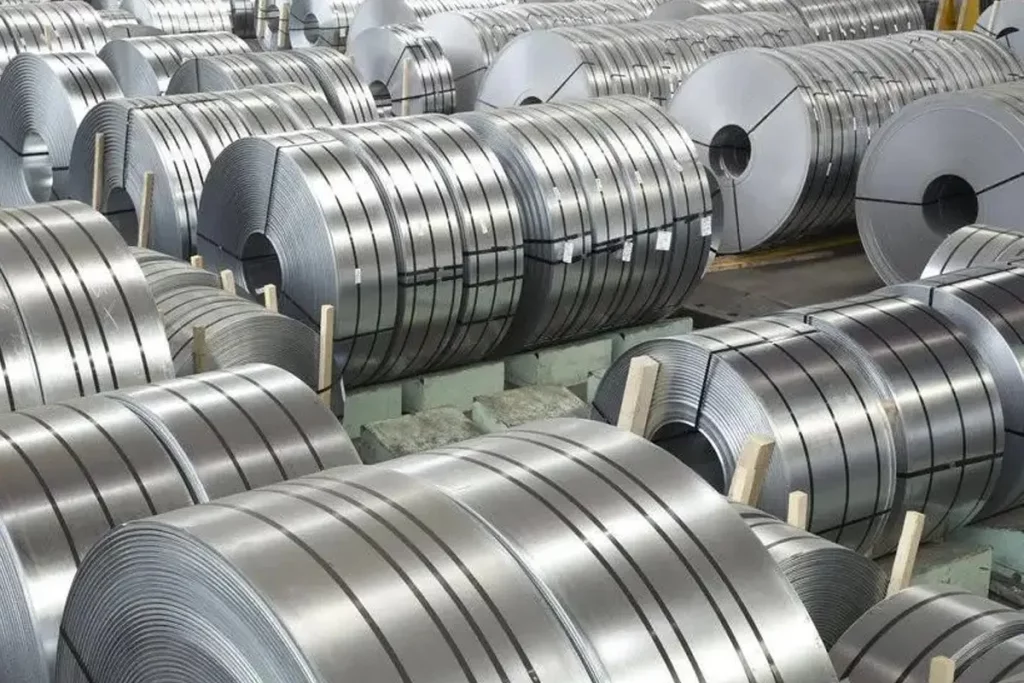
شرائط انتقائية
تنتج آلات الحز المتقدمة الخاصة بنا وأجهزتنا شرائط بحجم دقيق. تتوفر جميع الدرجات الشائعة وتشطيبات الأسطح.
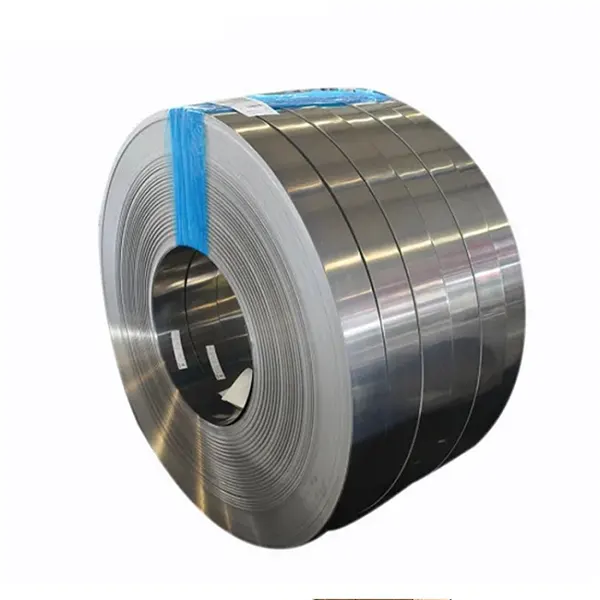
2ب
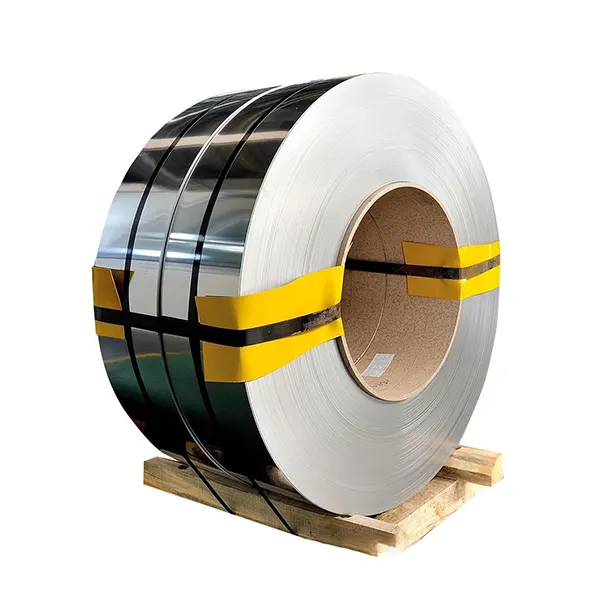
بكالوريوس
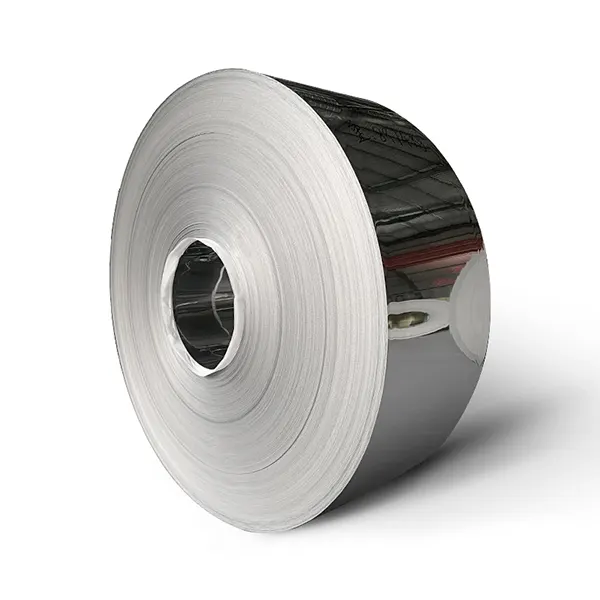
8ك
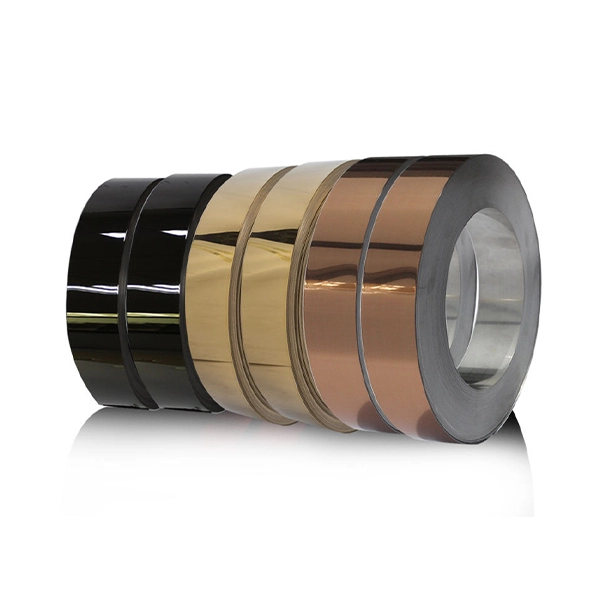
ملون
المواصفات المتاحة
| شريط لفائف الفولاذ المقاوم للصدأ | ||||||||||
|---|---|---|---|---|---|---|---|---|---|---|
| تقنية | صقل الأسطح | سلسلة الصف | سماكة(مم) | عرض(مم) | تطبيق | |||||
| البعد الرئيسي | ||||||||||
| 10- 600 | ||||||||||
| المدرفلة على الساخن | رقم 1 / 2د | 201 | 2.2-12.0 | صناعة بتروكيماوية,مواد بناء الخزانات | ||||||
| 304 | ||||||||||
| 410 | ||||||||||
| المدرفلة على البارد | 2ب | 201/304 | 0.25-3.0 | |||||||
| 410ق / 430 | 0.25-2.0 | |||||||||
| رقم 4 / شعري | 201/304 | 0.22-3.0 | ||||||||
| مرآة / الكتان | ||||||||||
| SB | 410ق / 430 | 0.25-2.0 | ||||||||
| بكالوريوس | 201/304 | 0.2-1.8 | ||||||||
| 410ق / 430 | 0.25-2.0 | |||||||||
| 2بكالوريوس | ||||||||||
ميزة كبيرة
ليونة محسنة
مصنوع من خلال الدرفلة على الساخن أو البارد, تتميز شرائط الفولاذ المقاوم للصدأ بحافة مقاومة التآكل المتزايدة, قوة الشد والليونة.
الحز الدقيق
تتوفر حواف مُشكلة وأبعاد مقيدة بشكل صارم.
تطبيقات نموذجية
Chemical & Food Processing
صناعة الأنابيب
صناعات السيارات
إكسسوارات من الستانلس ستيل
ما هي التشطيبات السطحية التي يمكن معالجتها على الشريط?
يمكننا معالجة مجموعة متنوعة من التشطيبات السطحية لمنح الشريط مظهرًا زخرفيًا. فضلاً عن ذلك, تتيح لك تقنياتنا الخاصة بمعالجة الأسطح تخصيص قوامك المثالي, نعومة, أنماط, والألوان.
علاجات الأسطح المرغوبة
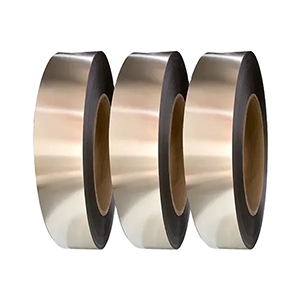
نحى
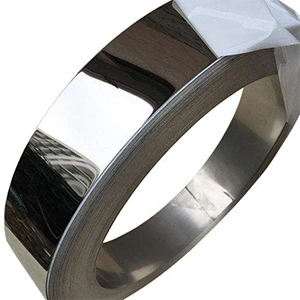
مصقول
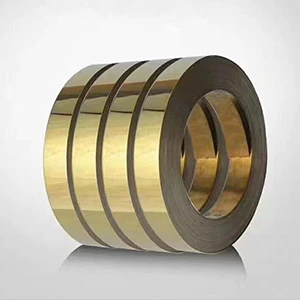
ملون
منتجات ذات صله
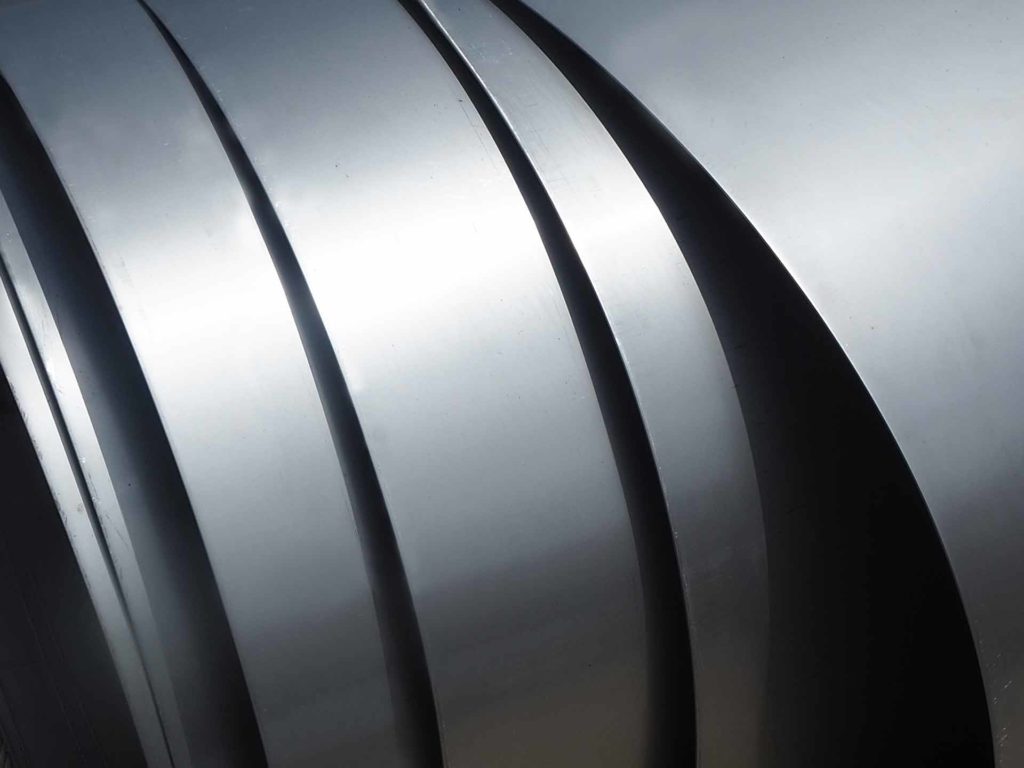
جاهز لبدء مشروع التخصيص الخاص بك?
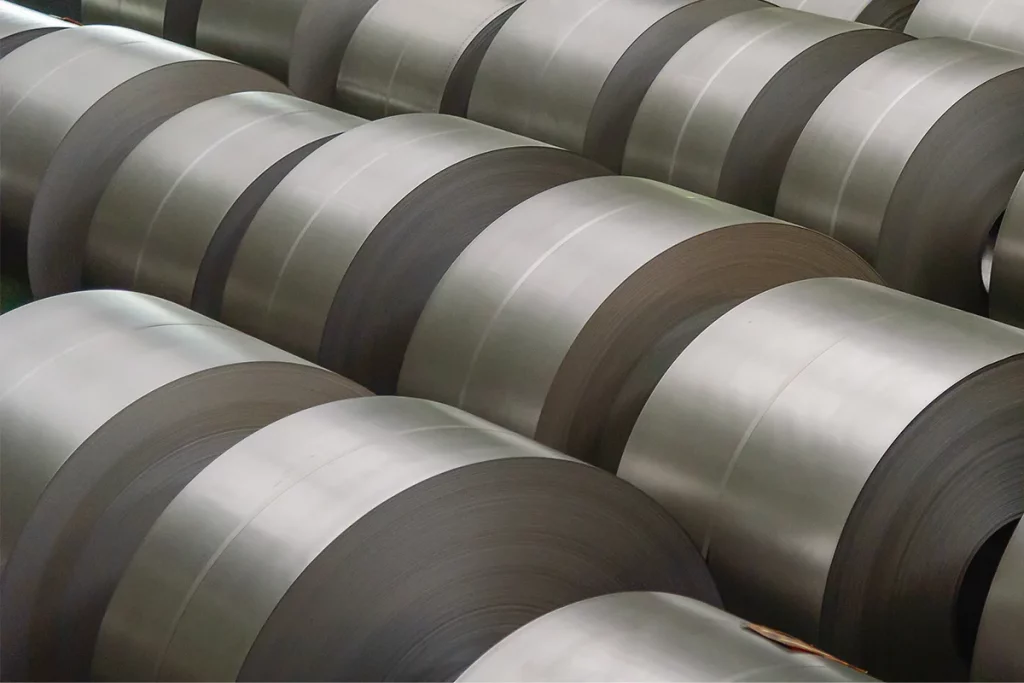
ما هو شريط الفولاذ المقاوم للصدأ?
شريط الفولاذ المقاوم للصدأ شقة, ضيق, وملف معدني مستمر مصنوع من الفولاذ المقاوم للصدأ. يتم إنتاجه من خلال عملية تسمى المتداول البارد, حيث يتم تقليل سمك الفولاذ المقاوم للصدأ أو الملفات بشكل أكبر لتحقيق الأبعاد المطلوبة.
الشريط الفولاذ المقاوم للصدأ عادة ما يكون سماكة تتراوح من 0.002 بوصات (0.05 مم) ل 0.2 بوصات (5 مم) و العرض تتراوح من 0.2 بوصات (5 مم) ل 12 بوصات (305 مم).
التطبيقات الشائعة لفائف الفولاذ المقاوم للصدأ
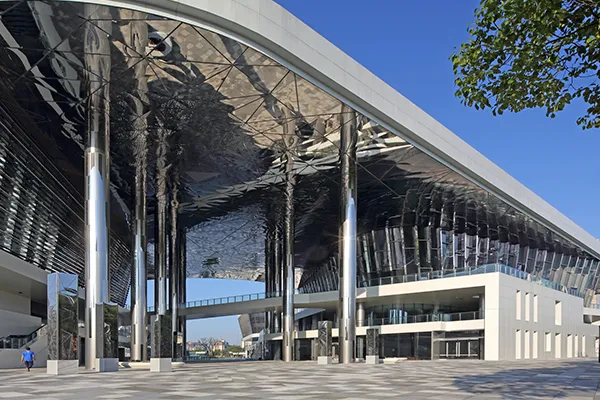
صناعة البناء
يجد شريط الفولاذ المقاوم للصدأ تطبيقًا في البناء للتسقف, الكسوة, والإطار الهيكلي, عرض القوة, مقاومة الطقس, ومظهر جمالي.

الأدوات الطبية
شريط الفولاذ المقاوم للصدأ ضروري في تصنيع الأدوات الطبية, بما في ذلك الأدوات الجراحية, يزرع, وأدوات الأسنان, تقديم التوافق الحيوي, مقاومة عمليات التعقيم, ومقاومة التآكل.
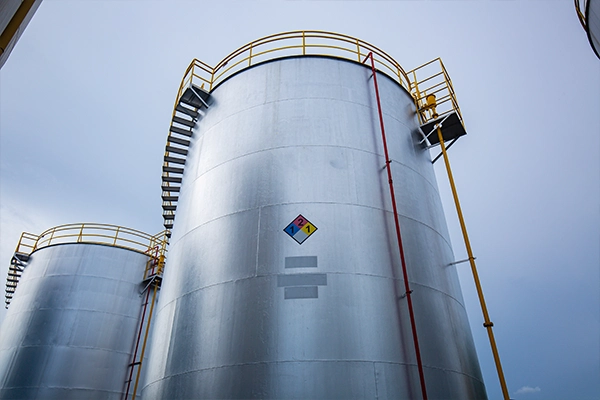
صناعة النفط والغاز
يتم استخدام شريط الفولاذ المقاوم للصدأ في معدات معالجة النفط والغاز مثل خطوط الأنابيب, أوعية الضغط, والمبادلات الحرارية, تحمل درجات حرارة عالية, بيئات تآكل, والضغوط الشديدة.
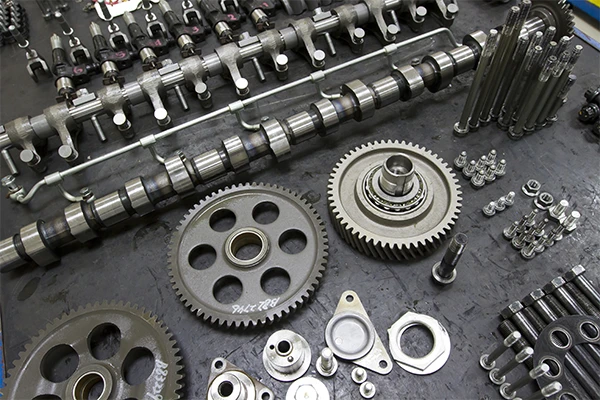
صناعة السيارات
يستخدم شريط الفولاذ المقاوم للصدأ لتصنيع مكونات السيارات مثل أنظمة العادم, تقليم, خزانات الوقود, والأقواس, بفضل مقاومة التآكل والمتانة.
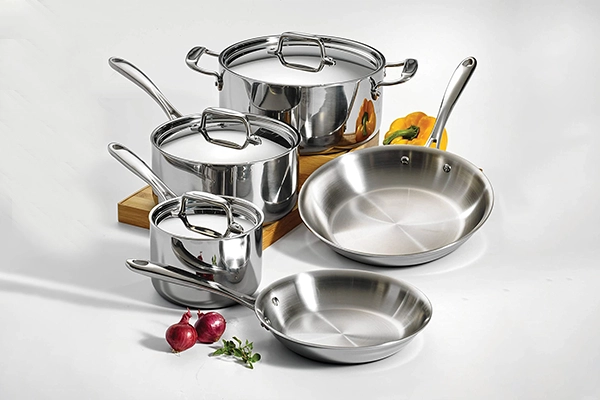
أدوات المطبخ
شريط الفولاذ المقاوم للصدأ هو مادة مفضلة لأجهزة المطبخ مثل الثلاجات, مواقد, المصارف, ومدى أغطية المدى بسبب النظافة, سهولة الصيانة, ومقاومة الحرارة والتآكل.
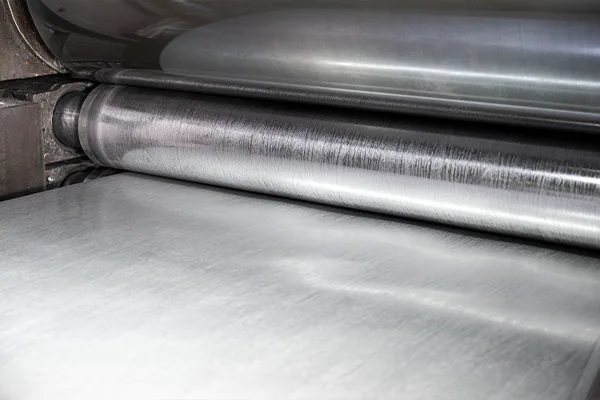
هو شريط الفولاذ المقاوم للصدأ مقاوم للتآكل?
شريط الفولاذ المقاوم للصدأ مقاوم للغاية للتآكل, مما يجعلها خيارًا ممتازًا لتطبيقات مختلفة. ترجع مقاومة التآكل لشريط الفولاذ المقاوم للصدأ في المقام الأول وجود الكروم في تكوينه. يشكل الكروم طبقة واقية على سطح الصلب, المعروفة باسم فيلم سلبي أو طبقة أكسيد. هذا الفيلم يعمل كحاجز, منع الأكسجين والرطوبة من الوصول إلى المعدن الأساسي, وبالتالي تقليل خطر التآكل.






